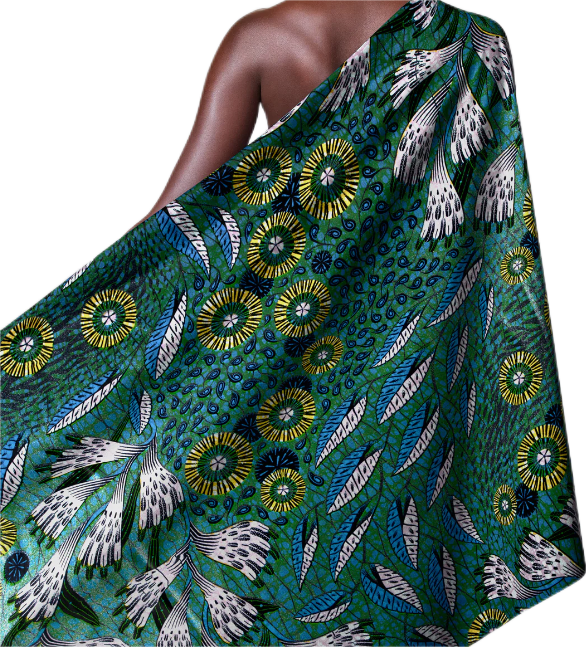The history of African Batik cloth can be traced back to the 19th century, and the process originated from the traditional batik technology of Indonesia. Initially, Dutch colonists tried unsuccessfully to mechanize the production of batik cloth in Indonesia, but introduced the process to West Africa through trade routes. Local craftsmen combined with local culture, gradually developed a unique African batik style.
Key developments:
- Introduction of technology: In the 19th century, Dutch businessmen brought Indonesian batik technology to West Africa and initially spread in Ghana, Nigeria and other places.
- Local innovation: African artisans use beeswax instead of resin and incorporate local elements, such as geometric patterns, animal and plant symbols, and historical figures (such as “Nkrumah’s pencil”), making batik cloth a cultural carrier.
- Cultural significance: Different patterns carry tribal traditions, social status or historical events, such as “Happy family” reflecting family structure, “Angelina” associated with popular culture.
- Global influence: After the 20th century, African batik has become an important element in the field of fashion and art with its bright colors and complex designs.
Today, African batik cloth is not only a dress material, but also a symbol of African identity and handicraft heritage, whose history blends cross-cultural exchange with local creativity.


